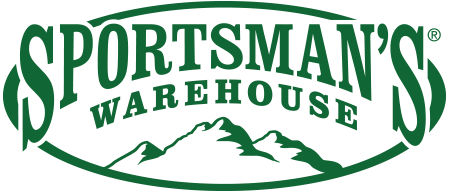Screen freak - yep, that’s me. What do I mean by that, you ask? I mean I’m borderline obsessive over the sonar and GPS video screens in my boat. You see, when I got that first boat, my fishing passion exploded with the new found freedom from shore. I deduced that I needed a “fish finder” and the rest is history. Flashing forward to these days and nothing has changed; the first thing I do when launching the boat is turn on the Lowrance units.
Sonar and GPS technologies have now been around for a long while and the more recent units are so affordable and user friendly that any boat without the technology makes no sense; in the grand scheme of boating costs - even kayak or small boat - it’s a tiny investment for huge gains in fishability. Sonar gives you underwater eyes and GPS gives you a perfect memory, speed control and the ability to share or use others’ information.
 First off, I despise the common term “fish finder” because sonar is far more consistently useful for determining temperature, depth, structural elements like drop offs or channels, flooded cover like bushes, bottom content, thermoclines, baitfish and possibly exactly where my lure is in the water column than it is for fish themselves, at least for most species. At certain times of year (like late summer/fall), we use sonar commonly to find fish and certain species (like lake trout) are sonar-intense to fish, but by and large, we use the sonar to ascertain where fish should be based on the aforementioned variables the unit clarifies for us.
First off, I despise the common term “fish finder” because sonar is far more consistently useful for determining temperature, depth, structural elements like drop offs or channels, flooded cover like bushes, bottom content, thermoclines, baitfish and possibly exactly where my lure is in the water column than it is for fish themselves, at least for most species. At certain times of year (like late summer/fall), we use sonar commonly to find fish and certain species (like lake trout) are sonar-intense to fish, but by and large, we use the sonar to ascertain where fish should be based on the aforementioned variables the unit clarifies for us.Each year the technology gets a little better at showing us fish themselves, but some steely-eyed angler skills are typically still required to locate fish. Thing is, it’s dang near impossible to make those intelligent fish location decisions based solely on experience, unless you have the pieces of the puzzle provided by the sonar unit. As a professional guide and angler, I spend more money each year on sonar/GPS than I do on tackle; all the tackle in the world doesn’t help if you’re not fishing around fishy structure.
GPS may not be as critical in my mind as sonar in my fishing, but it ain’t far behind. GPS allows you to repeat patterns, return to specific spots, troll or travel at very accurate speeds, get back to wherever you launched and share data. The sharing aspect is not to be taken lightly in today’s era of fishing “numbers” (commonly known productive waypoints). I manage literally thousands of waypoints as part of my angling. Additionally, GPS maps have become mainstream and many major lakes and reservoirs have full detailed topo maps available. That aspect alone is worth the price of admission.
Putting it all together means using the sonar to find good water and possibly fish and using GPS to troll or hold perfectly over them or to record the data for future use. These tasks can be done with the most basic combo sonar/GPS units which can be purchased for less than $300. Lowrance’s Hook 4 unit is a great example and it can be mounted on virtually any boat. If you only want sonar, that can be accomplished with a Lowrance Hook 3X for less than $100 and it even has a color display. Knowing water depth and temperature alone is worth that, yet the unit will show you much more than that including bottom density (think rock vs mud vs gravel bottoms), structure, cover, fish and more.
The opposite end of the investment spectrum lands you at my personal boat set-up; twin Lowrance HDS-9 combo units (one on the bow, one on the helm) that also include Structure Scan; a nearly photographic image of whatever bottom is below or out to the side of the boat. This allows me to scan swathes of the lake bottom several hundred feet wide. I can touch the screen at any point to set a waypoint, zoom in/out, changes setting, etc. Various screen views can be custom set-up and mixed and matched as I see fit. The two units share a network and subsequently, data. Awesome; that is the appropriate description of the set-up - unless you are a fish trying to hide.
So how does a guy go from bored stiff with video games to dang near video game fishing? Good question. I guess it goes back to nature and the outdoors. Anything that makes my time in the boat more enjoyable - which automatically happens when you catch more fish - is valuable to me. The time it takes to learn the technology is minimal and the cost can be too. It’s up to you. Do you want to catch more fish? I bet I know the answer.

